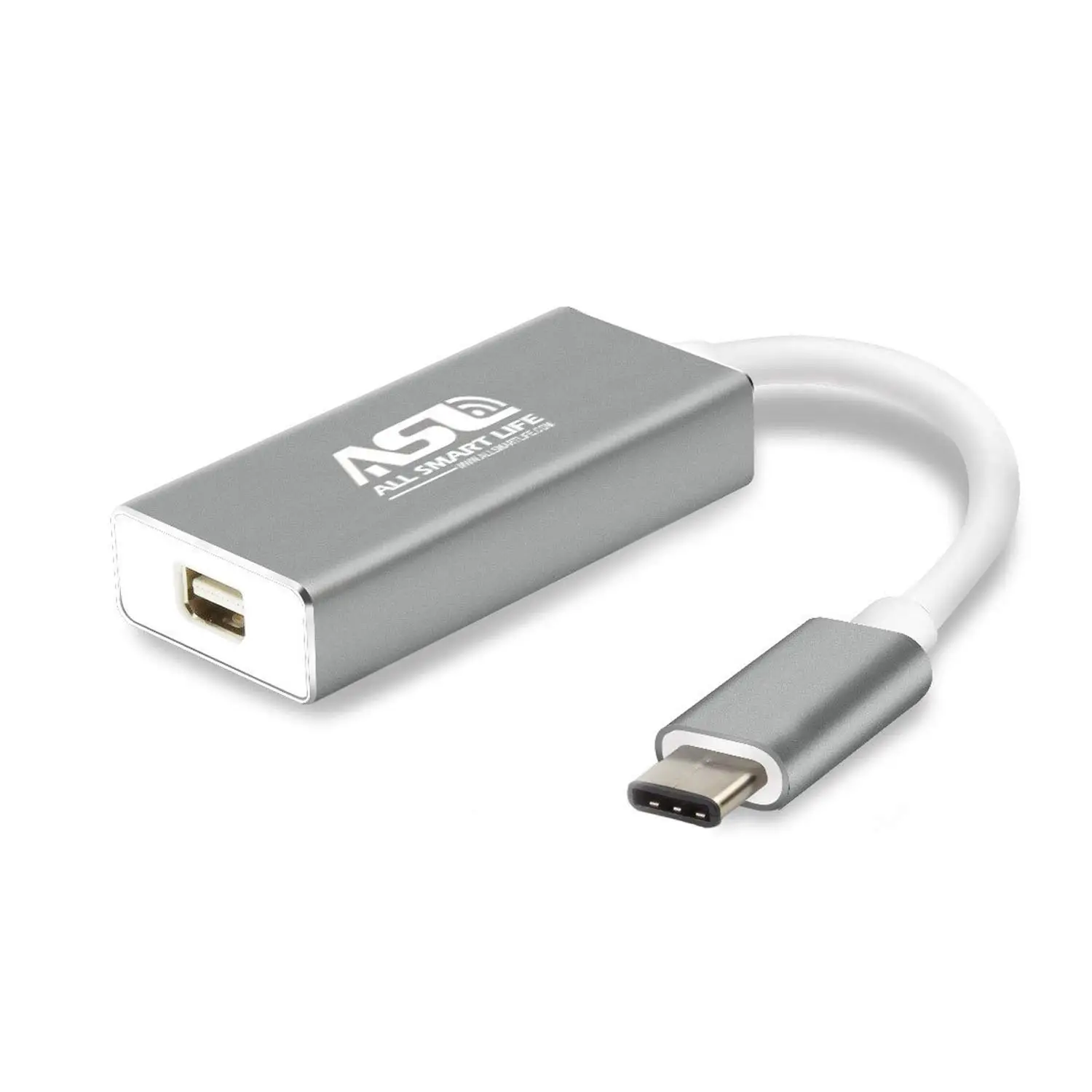How does a USB-C to DVI to DisplayPort adapter work?


USB-C to DVI to DisplayPort adapters are versatile devices that allow you to connect your USB-C enabled device to a DVI or DisplayPort monitor or projector. These adapters are commonly used in situations where you need to connect a newer USB-C device, such as a laptop or tablet, to an older display that only supports DVI or DisplayPort connections. In this article, we will explore how a USB-C to DVI to DisplayPort adapter works and how it can benefit you.
Understanding USB-C, DVI, and DisplayPort
Before we delve into the workings of a USB-C to DVI to DisplayPort adapter, let’s first understand what USB-C, DVI, and DisplayPort are.
– USB-C: USB-C is a relatively new standard for connecting devices. It is a small, reversible connector that can transmit both power and data. USB-C ports are becoming increasingly common on laptops, tablets, and smartphones due to their versatility and compact size.
– DVI: DVI stands for Digital Visual Interface. It is a video interface that was widely used before the advent of HDMI. DVI can transmit both analog and digital video signals, making it compatible with a wide range of displays.
– DisplayPort: DisplayPort is a digital display interface that was developed to replace older standards such as VGA and DVI. It is capable of transmitting high-resolution video and audio signals, making it ideal for connecting modern displays.
How Does a USB-C to DVI to DisplayPort Adapter Work?
A USB-C to DVI to DisplayPort adapter is essentially a converter that takes the USB-C signal from your device and converts it into either a DVI or DisplayPort signal, depending on the type of display you are connecting to. Here’s a step-by-step breakdown of how it works:
1. USB-C to DVI Conversion: The adapter first converts the USB-C signal into a DVI signal. This conversion is necessary because USB-C and DVI use different signaling methods. The adapter takes the digital video signal from the USB-C port and converts it into a format that can be understood by a DVI display.
2. DVI to DisplayPort Conversion: If you are connecting to a DisplayPort display, the adapter further converts the DVI signal into a DisplayPort signal. This conversion is necessary because DVI and DisplayPort use different protocols to transmit video signals. The adapter takes the DVI signal and converts it into a format that can be understood by a DisplayPort display.
3. Signal Transmission: Once the USB-C signal has been converted to either DVI or DisplayPort, the adapter transmits the converted signal to the connected display. The display then receives the signal and displays the video output from your USB-C device.
Benefits of Using a USB-C to DVI to DisplayPort Adapter
Using a USB-C to DVI to DisplayPort adapter offers several benefits:
1. Compatibility: These adapters allow you to connect your USB-C device to a wide range of displays, including older monitors and projectors that only support DVI or DisplayPort connections. This compatibility ensures that you can use your USB-C device with any display, regardless of its age or connectivity options.
2. Versatility: With a USB-C to DVI to DisplayPort adapter, you can easily switch between DVI and DisplayPort displays without the need for multiple adapters. This versatility is particularly useful if you frequently work with different types of displays or if you need to connect your USB-C device to various monitors or projectors.
3. High-Quality Video Output: These adapters support high-resolution video output, allowing you to enjoy crisp and clear visuals on your connected display. Whether you are watching movies, editing photos, or working on graphic-intensive tasks, a USB-C to DVI to DisplayPort adapter ensures that you get the best possible video quality.
4. Plug-and-Play: USB-C to DVI to DisplayPort adapters are typically plug-and-play devices, meaning that you can simply connect them to your USB-C device and the display without the need for any additional software or drivers. This ease of use makes these adapters convenient and hassle-free to set up.
Conclusion
USB-C to DVI to DisplayPort adapters are essential accessories for anyone who needs to connect a USB-C device to a DVI or DisplayPort display. These adapters work by converting the USB-C signal into either a DVI or DisplayPort signal, allowing you to enjoy high-quality video output on a wide range of displays. With their compatibility, versatility, and ease of use, USB-C to DVI to DisplayPort adapters are a valuable tool for enhancing your productivity and multimedia experience.
Recent Posts
How do I create an engaging and informative online quiz or assessment?
Creating an engaging and informative online quiz or assessment can be a powerful tool for… Read More
What are the most effective methods for managing and reducing work-related stress in the hospitality industry?
Work-related stress is a common issue in the hospitality industry, where employees often face long… Read More
How can I improve my assertiveness and communication skills in a leadership position?
In a leadership position, assertiveness and effective communication skills are crucial for success. Being able… Read More
What are the key elements of a successful employee recognition and rewards program?
Employee recognition and rewards programs play a crucial role in motivating and engaging employees, as… Read More
How do I effectively manage and respond to customer feedback and reviews?
Customer feedback and online reviews play a crucial role in shaping a company's reputation and… Read More
What are the best strategies for effective time management as a stay-at-home parent?
Effective time management is crucial for stay-at-home parents who juggle multiple responsibilities on a daily… Read More